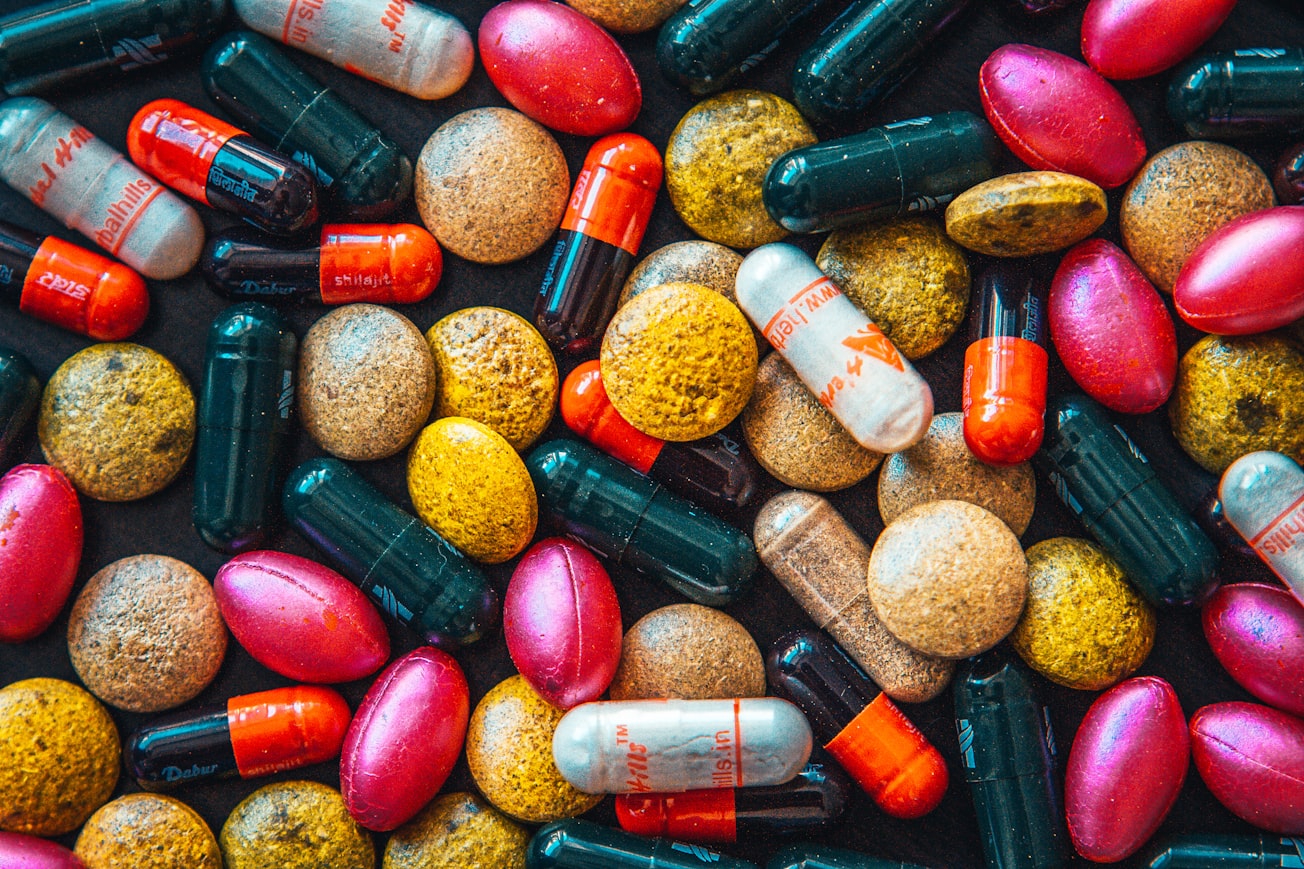What is it about?
Benzotriazoles are versatile compounds that are used to make a variety of medicinal drugs. They consist of a triazole ring that has three carbon atoms and three nitrogen atoms attached to a benzene ring. The triazole ring has a hydrogen atom attached to a nitrogen atom that can be swapped out to create different derivatives of benzotriazole. The hydrogen atom can be in the 1 position (N1) or 2 position (N2) of the triazole ring. When the hydrogen atom is replaced with an alkyl group, a mixture of two alkylated products is formed. This study introduces a simple way to synthesize N1 alkylated products using diazoalkanes and boranes. With the boranes acting as catalysts, the hydrogen atom at the N1 position is replaced with the alkyl groups in the diazoalkanes. With their method, the authors of this study successfully produce 28 different N1 alkylated products without the need for a metal catalyst. In these reactions, a high yield of product is obtained under mild conditions. In addition, the reactions can be scaled to produce gram scale amounts of the products.
Featured Image

Photo by Raimond Klavins on Unsplash
Why is it important?
It is important to be able to control the site of a chemical reaction to produce specific compounds. Benzotriazoles having the hydrogen atom in the 1 or 2 position exist in equilibrium with each other. Due to this, alkylation leads to a mixture of products. In this study, the authors show how this can be avoided to produce specific compounds (in this case, N1 alkylated products). KEY TAKEAWAY: The study introduces a method that can be used to add alkyl groups to the N1 position of the triazole ring. The method can be used to make a range of benzotriazole derivatives with useful applications in medicine.
Read the Original
This page is a summary of: B(C6F5)3-Catalyzed site-selective N1-alkylation of benzotriazoles with diazoalkanes, Chemical Communications, January 2021, Royal Society of Chemistry,
DOI: 10.1039/d1cc03048e.
You can read the full text:
Contributors
Be the first to contribute to this page










